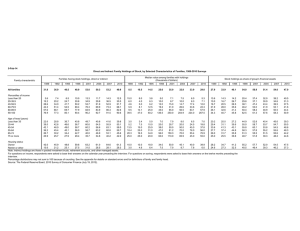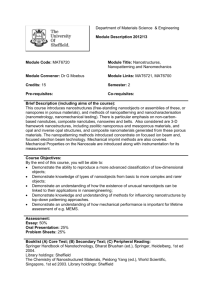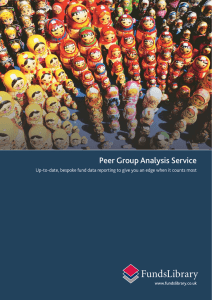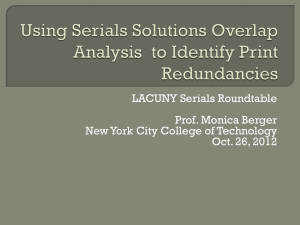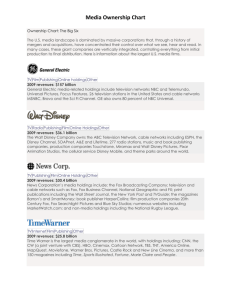5-c. Case Study
advertisement
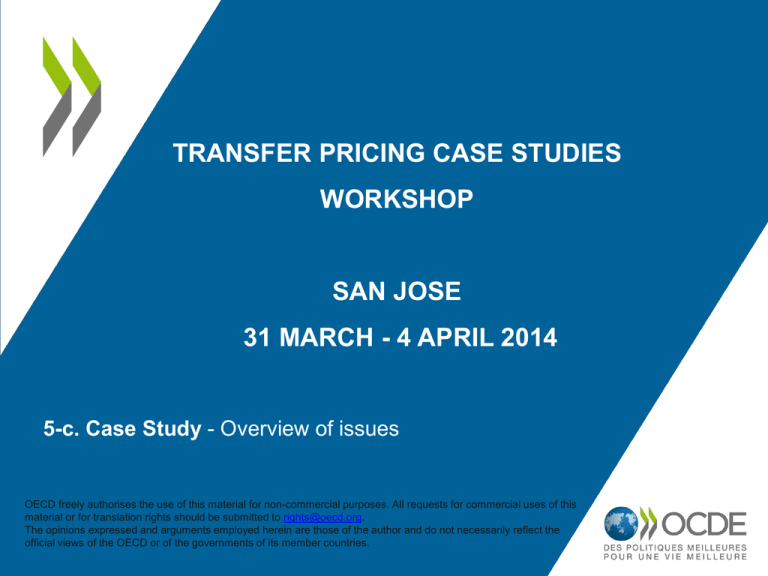
TRANSFER PRICING CASE STUDIES WORKSHOP SAN JOSE 31 MARCH - 4 APRIL 2014 5-c. Case Study - Overview of issues OECD freely authorises the use of this material for non-commercial purposes. All requests for commercial uses of this material or for translation rights should be submitted to rights@oecd.org. The opinions expressed and arguments employed herein are those of the author and do not necessarily reflect the official views of the OECD or of the governments of its member countries. GM Group sets up IP Holding company in Genovia Action –subsidiary set up in Genovia Why? • to take advantage of tax treatment such as amortisation of intangible assets • to take advantage of treaty network (so that interest and royalty payments into Global Medical IP Holdings attract no, or reduced rate, withholding tax) 2 GM IP Holdings’ Board Meetings Action - Global Medical IP Holdings Board members are not resident in Genovia, but they travel there in order to hold their quarterly Board meetings. Why? – this may be to decrease the risk of Global Medical IP Holdings being treated as tax resident elsewhere. 3 Risk stripping Action - commercial risks associated with R&D are shifted to Global Medical IP Holdings – which meets the costs of the R&D programme. Why? – this may be to shift profit away from Country A to a low tax jurisdiction – attempting to make Global Medical (A)’s R&D function “low risk” and thus benchmarkable. 4 Intellectual Property (IP) planning Actions: • Legal title to intangibles assigned to Global Medical IP Holdings • Global Medical IP Holdings to meet costs of developing future IP by funding the R&D (thus bearing the financial risk of developing IP.) • Why? - To allow any income arising from IP, or any increase in value of IP, to be recognised in a low tax jurisdiction. 5 Maintaining ownership of existing product IP in CE Corporation Action - Global Medical IP Holdings will take ownership of newly created product IP (such as patents), but existing product IP was not transferred. Why? - This is likely to be to avoid a tax liability (either capital or income) in Global Medical (A) arising from the disposal of IP to Global Medical IP Holdings. 6 Additional borrowing by Global Medical (A) Action – Global Medical (A) takes on new bank debt. Why? • This may be to allow deductions for interest paid to be relievable against Global Medical (A)’s profit 7 Use of preference shares to capitalise GM Finance Action –Global Medical (A) capitalises GM Finance with preference shares Why? This may allow distributions made by GM Finance to be treated as payments of interest (and thus deductible) and distributions received by CE Corporation to be treated as dividends (and may not be taxable). If so – this is a hybrid instrument. 8 Purchase of Ordinary Shares in GM Insurance Action – Global Medical (A) borrows from a third party bank and purchases equity capital in a tax haven subsidiary, which deposits the funds in a third party bank. Why? – Interest deduction obtained in Global Medical (A); but there is no corresponding taxable receipt until dividends are received (which may in any case be exempt). - Interest received by the tax haven country from funds deposited in the bank will be subject to no or low tax. Setting up a captive insurance company in Cayman Islands Action –group company set up in a low tax regime to provide insurance to Global Medical group members Why? – may be to shift profit from Global Medical group members in normal-rate countries to lowrate countries. Deductions for premiums will be paid by group companies in higher-tax countries (such as Country A) and receipts will be received in a low-tax regime. 10 Step 5 Negotiation 11 Role play This step is in two parts. In the first part, you are asked to form groups each representing the Country A auditors examining the 2011 accounts of Global Medical (A). In the second part, one of the auditors from each group will meet with the tax managers/advisors to tell them of any concerns they have and to make proposals for dealing with those concerns. 12 Country A tax auditors You should decide: • On which issues you would challenge Global Medical (A) and seek an adjustment to its 2011 taxable profits? • What taxation measures would you take to mount any challenges and what arguments would you raise? • What do you consider are the strengths and weaknesses of your case? • What do you expect the taxpayer’s response to be to your proposals and how you might deal with those responses. After discussion, you will be meeting the tax manager of Global Medical (A) and his/her advisors. You should appoint one representative who, at that meeting, should: • Inform Global Medical (A) which issues concern you, and why. • Propose how you intend to deal with these issues, specifying the proposed approach you intend to pursue and, where possible, the next step you propose. 13
